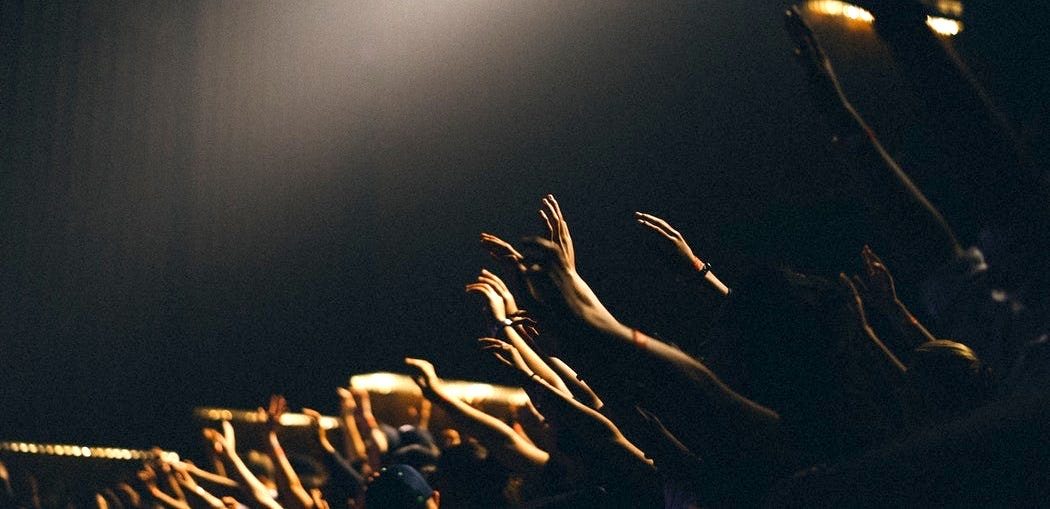There is a growing consensus about the social benefits of the arts. According to a national survey conducted by Americans for the Arts, Americans believe that the arts improve individual wellbeing, unify communities, improve academic performance, strengthen the economy, drive tourism and revenue to local businesses, spark creativity and innovation, have social impact, and drive the creative industries. However, more than half the population also agrees that not everyone has access to these arts-related benefits. So, how can we increase public participation in the arts and culture? This question was the lightning rod for discussion during our Arts and Culture Colloquium Series in Los Angeles, featuring practitioners committed to public engagement in the arts through community work, mobility, public space, and public policy. Here are some key takeaways from that conversation. To listen to the full discussion, click here.
Mobilizing the Public
Amy Shimshon-Santo (Associate Director, MA Arts Management at Sotheby’s Institute-LA) kicked off the evening’s panel by positing a definition for “The Public” and its relationship to arts and culture. “The public means all of us, people as a whole,” she offered. But it also refers to “Things that exist in open view that are transparent or accessible to everyday people.” Because of this accessibility, it is easy to see why many nonprofit arts organizations missions are rooted in a commitment to public service and activating democracy.
During the evening’s Q & A portion, Yvonne Farrow—a MA Arts Management student and seasoned professional who works for the Los Angeles Department of Cultural Affairs—was one of the first to speak up about this need for inhabiting government. “One of the things that I am most passionate about,” she said, “is how artists can learn how to use government to work for them.” It’s a consideration that came up repeatedly throughout the discussion.
Use Your Power
One of the evening’s panelists, Samuel Liu—a public service leader who currently serves as the Chief of Staff to Senator Ben Allen—thinks the way toward achieving this level of consideration is clear: “The government's going to react to whatever the public wants.” He elaborated, “If the public wants more investment in the arts, then that's what the government's going to do. Most politicians are like lemmings.” Liu thinks that public representatives will respond to the people when they speak up. But “no one visits us,” he said. “People don’t utilize their power.”
In many ways, arts organizations are uniquely positioned to break down barriers that prevent people from speaking up and getting to know their representatives. “The arts and culture are a great way to bring people to the table,” said panelist Letitia Fernandez-Ivins. When the conversation is overly technical people tend to turn off and resist getting involved. “They feel like their voice is not heard,” she said. “But, also, they don't really understand what we're talking about.” As the Creative Services Manager for the LA Metro transit authority, Fernandez-Ivins collaborates with artists, designers, engineers, and community members to strengthen the vibrancy of place. To accomplish this, she is constantly striving for new ways to “invite the public to the table.”
Julia Diamond (Interim Director at the Music Center’s Grand Park) and Tamica Washington-Miller (Associate Director of the Lula Washington Dance Company) both agreed with Fernandez-Ivins. “We have a real possibility to be platforms for broader community health and connection,” Diamond offered. “I think that there's role for government, absolutely, but some of it is also on arts organizations and artists themselves to think about what the power of the arts can do in other sectors.” Washington-Miller then explained how her artistic career has been tethered to public service, community, education, and health.
Vote. Participate. Create.
With the mid-term elections around the corner, voting seemed to be on everyone’s mind. During the 2016 election, Samuel Liu said, “[Californians] voted to give money to the homeless, to expand the parks budget, to ban plastic bags, to invest in the things that we care about as Los Angelenos, as Californians.” People could see the impact of their vote, and Liu thought people viewed that as a wake-up call. “The arts are part of our identity,” he said. “[It] should be what we put forward first. But it was disappointing because they say only one out of every 10 people voted in that election.”
Making the arts accessible to a broader spectrum of the public is possible. We just have to make it a priority. Shimshon-Santo believes change is coming. “It will not just come from one person,” she said. “It will come from all of us when we stand in our power and use our creativity for the greater good.”
